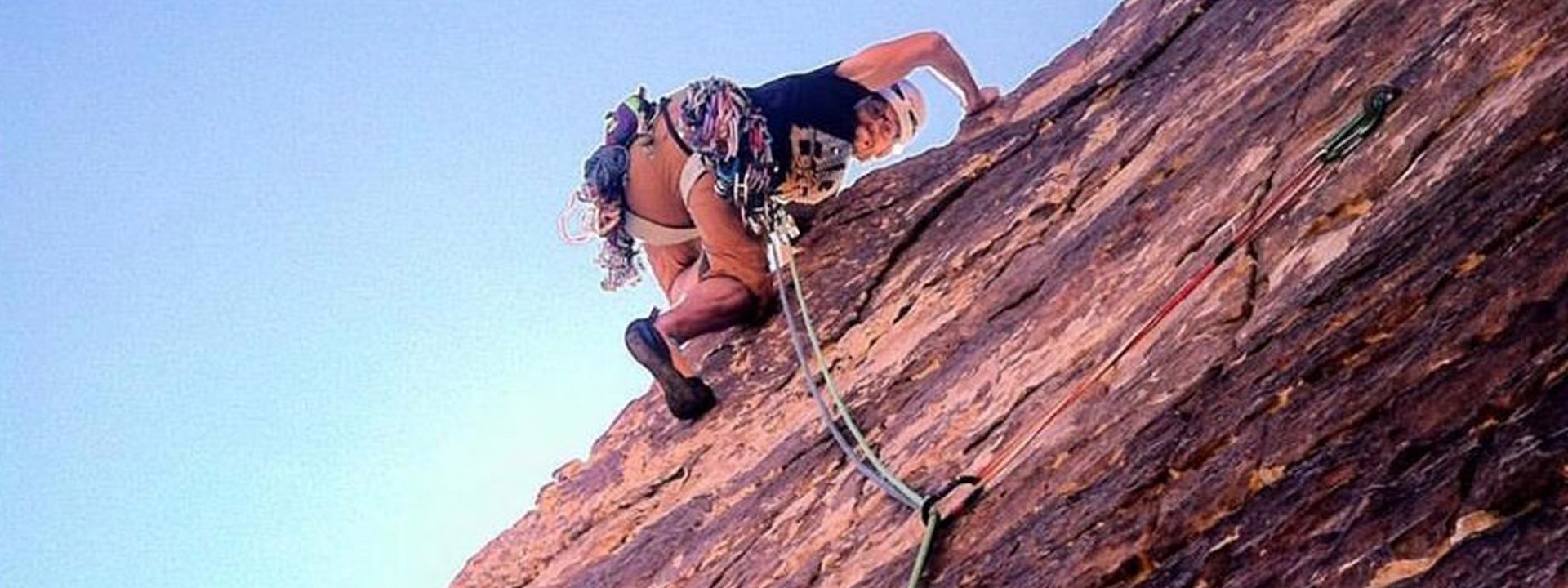Prevention
Fingers
by Keith Rumburg
*Heads up, I’m not a doctor. The following information should be used as a guideline for preventing climbing-related injuries. For more in-depth knowledge, you should consult a professional.
Injury Prevention Overview
I injured my A2 pulley last year and was out for 2-3 months. My hand slipped off a difficult hold in the gym. I heard a pop. The pain came slowly. Recovery was long and painful, with rehab stretching, resistance exercises, and agonizing deep tissue massages. I made gradual strides to climb and keep mobility, a process that seemed to take forever. But about 3 months later, my middle finger was back to full strength.
This injury, I believe, was preventable. I was rushed that day. I didn’t warm up. I was irritated over a challenging route. I forced a move even though my fingers were tired. It was preventable.
As any climber knows, we use our hands for more than karate chops and pointing ladies to the gun show. Strong fingers are essential to the execution of sending the proj. This article will cover PREVENTION of injuries.
Warming up
First off, the #1, most effective means of injury prevention is probably your warm up. Before engaging in your sport of choice, it’s best to prime the body for exercise. Routine warm ups provide many benefits, including:
- Increased blood flow and oxygen delivery
- Increased speed and sensitivity of nerve function
- Increased mobility of connective tissues
- Increased relaxation and concentration
A warm up should come in 3 stages:
- Raising your heart rate
- Dynamic stretching
- Sport-specific activity
learn more about warming up and these steps, check out Thomas Bond’s blog.
Finger Injuries
Pulleys
Hidden within each of your fingers are tendons and ligaments which, especially while climbing, can withstand enormous loads. The flexor tendons, which run down into your forearm, are held close to the bone by ligaments, or pulleys, that wrap tendons like a sheath. Each finger has 5 pulleys.
A finger strain, or tendovaginitis, comes from inflammation of the pulley which, in turn, impairs the movement of the tendon. You’ll feel a dull, aching pain at that location and possible swelling.
More severe pulley injuries will be more obvious. You’ll hear a loud “Snap!” You’ll feel a “Pop.” The pain will be near one of your joints.
These injuries happen from:
- A sudden load to the finger (your foot slips)
- Repetitive high-load full crimping, small pockets, or overhung undercuts
- Small pockets
- Weak or fatigued back-3 fingers
So, when there’s a sudden shock to your fingers, or when you overdo it, an injury is possible. Pulleys will typically take months to heal.
Prevention of Pulley injuries
- Warm up!
- Avoid full crimps. Crimping puts higher forces on the pulley system by extending the angle of your finger joints
- Use good technique. If you don’t know what the means, talk to an expert.
- Strength train your fingers. Try a resistance trainer, like Black Diamond’s Forearm Trainer, or get some Metolius Rock Rings and start a routine
- Maintain tension control on holds.
- Don’t overdo it. There’s always tomorrow!
To learn more about fingers, visit the UK Climbing blog or Thomas Bond’s blog.



